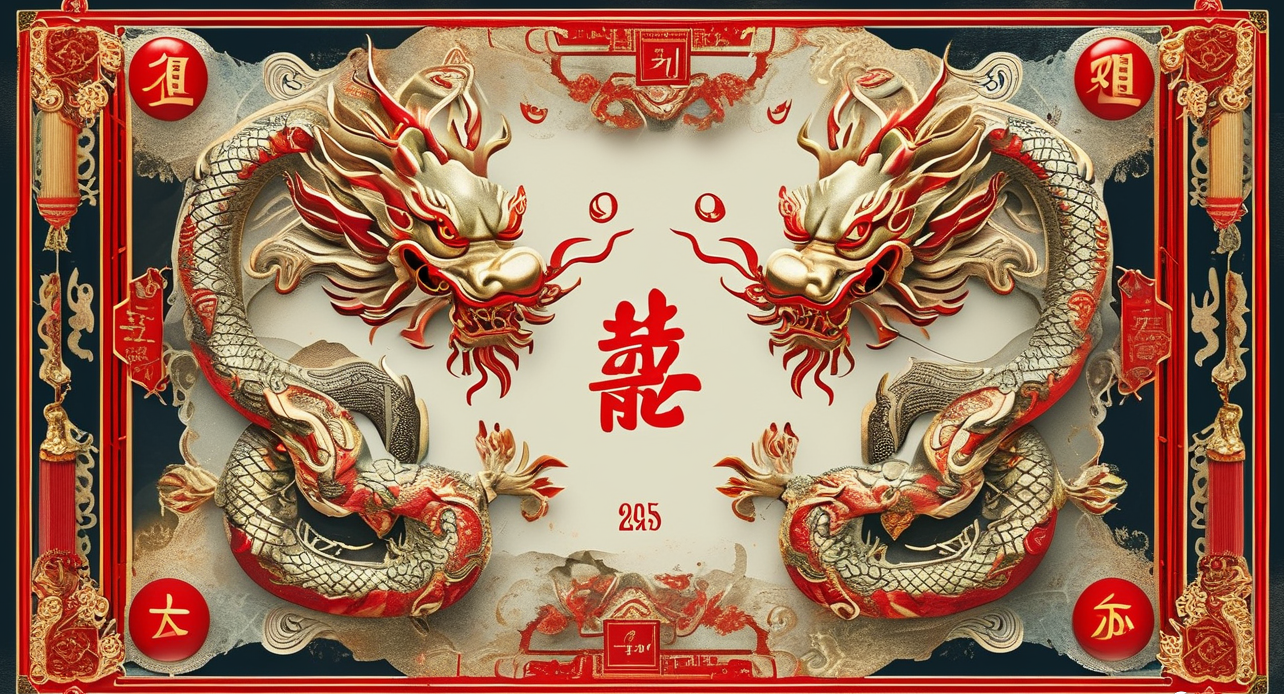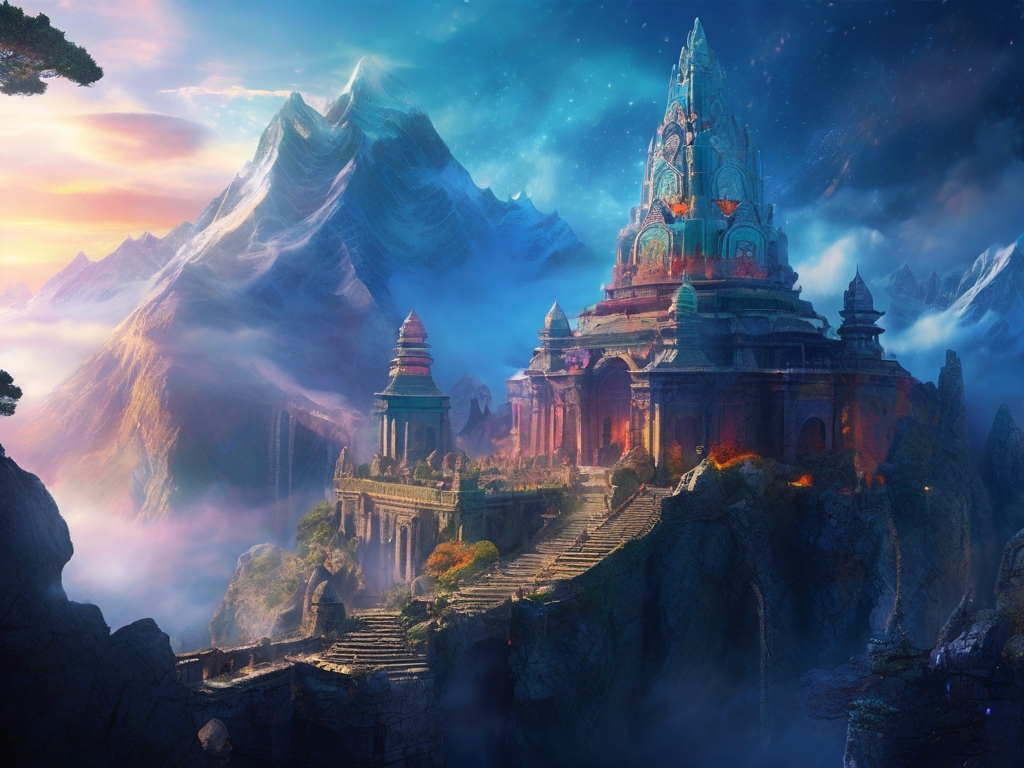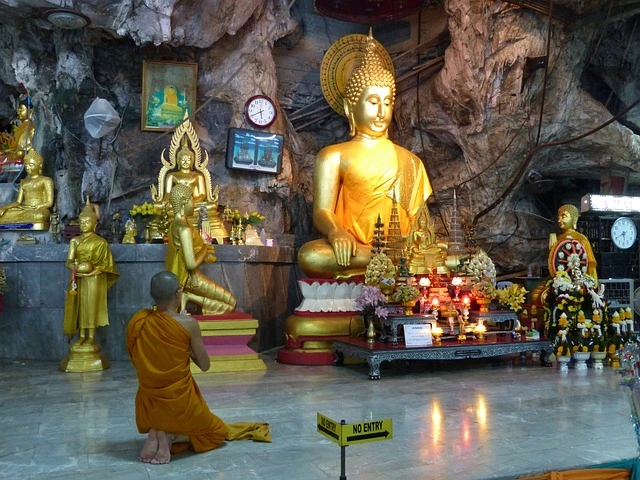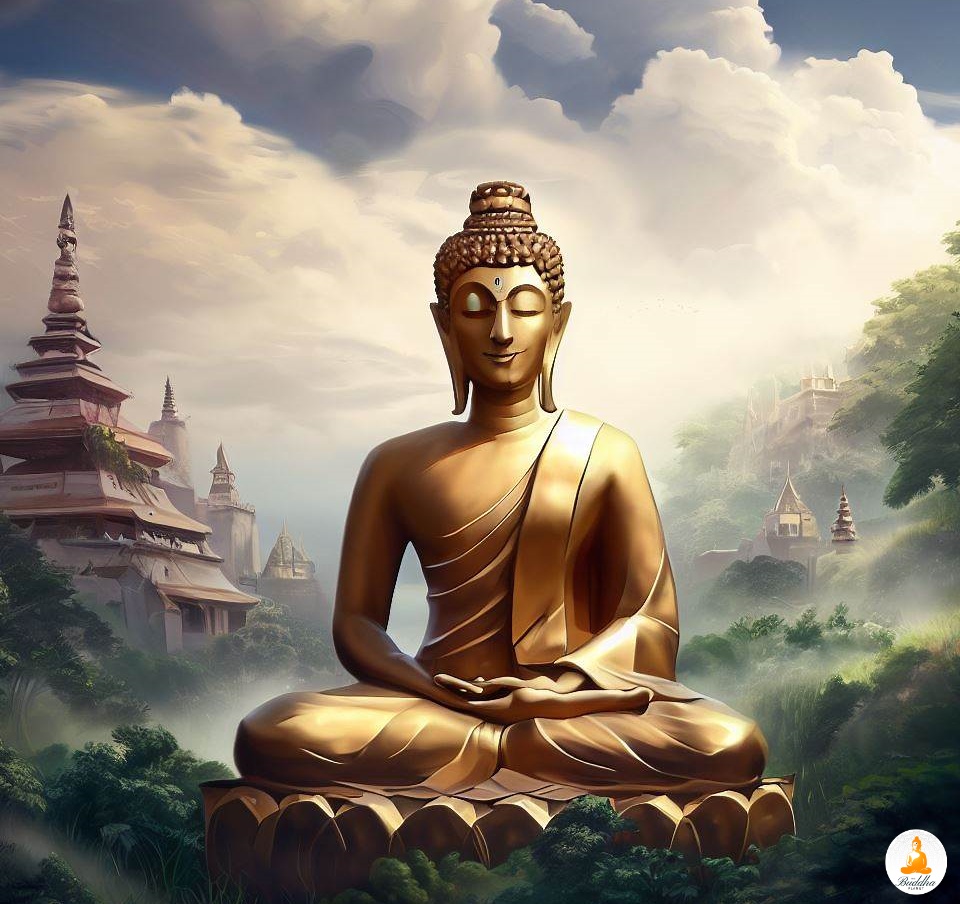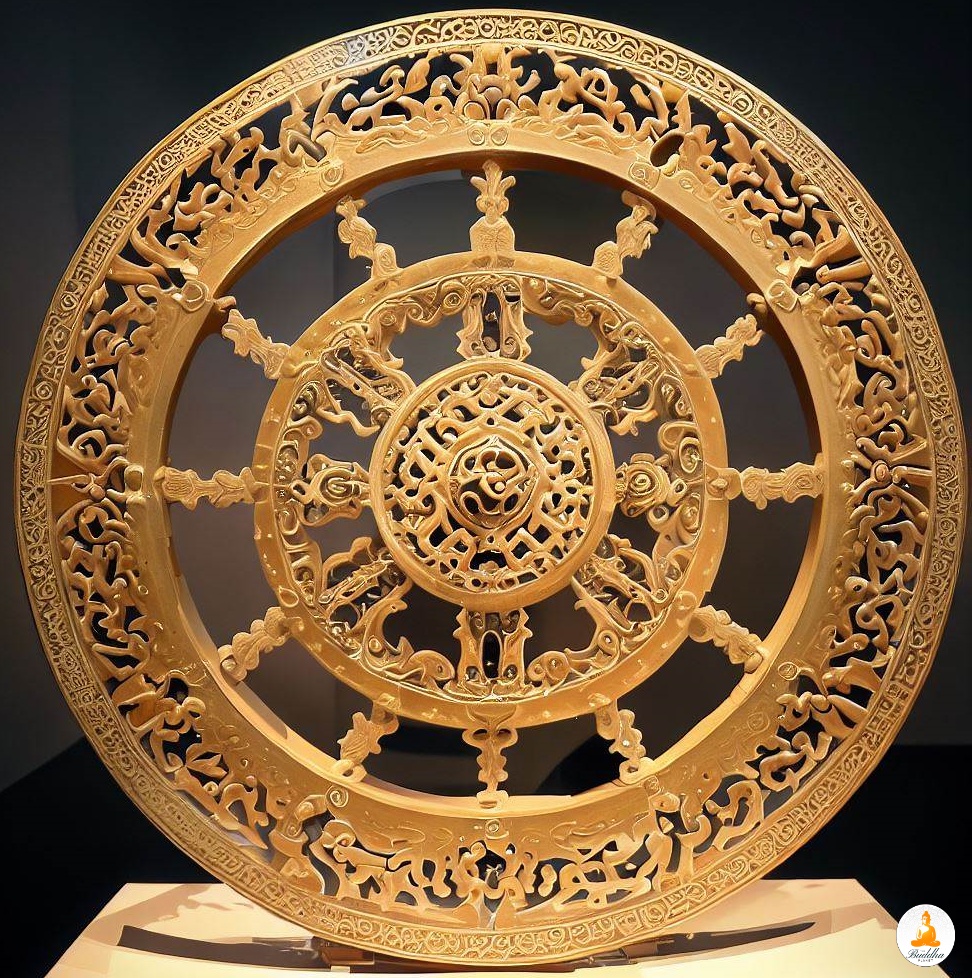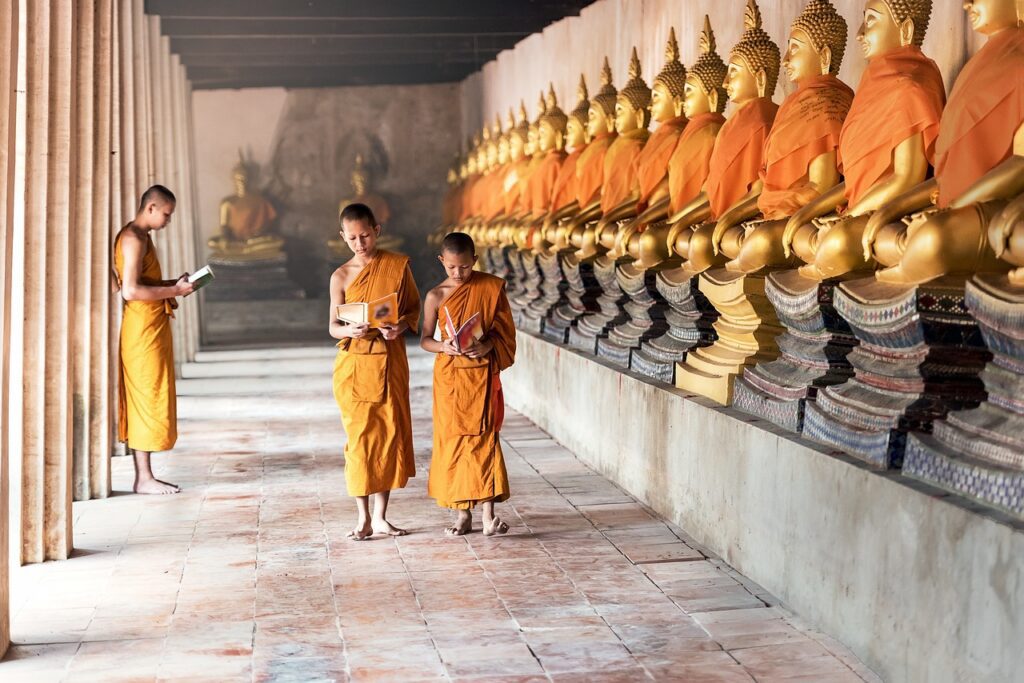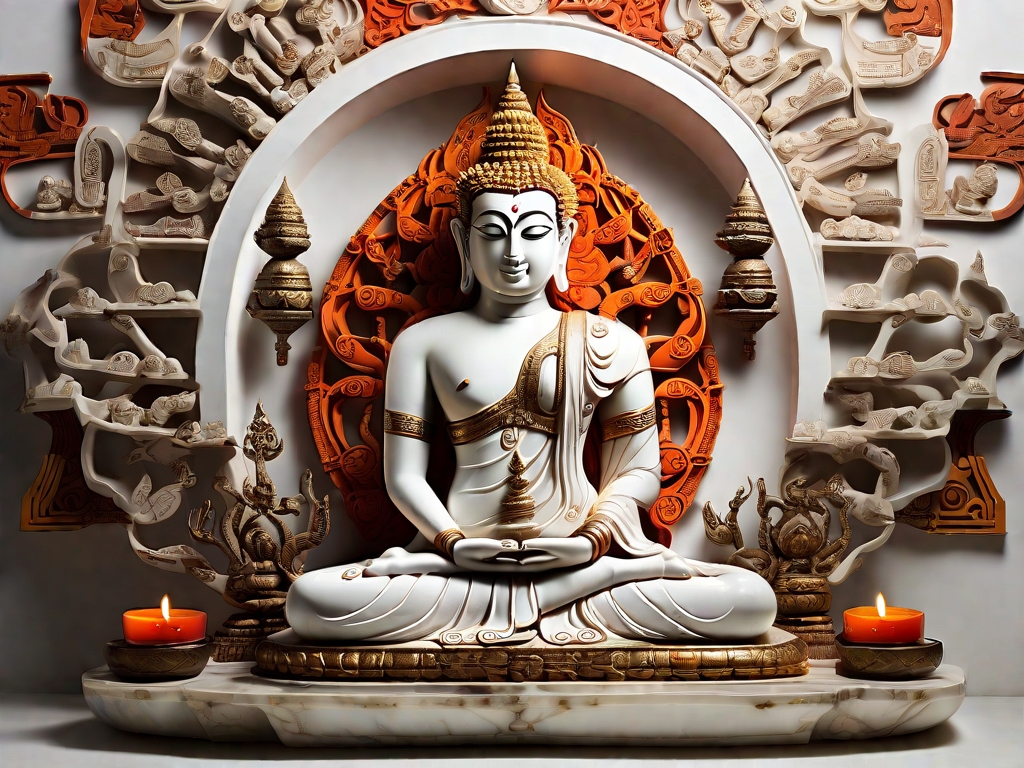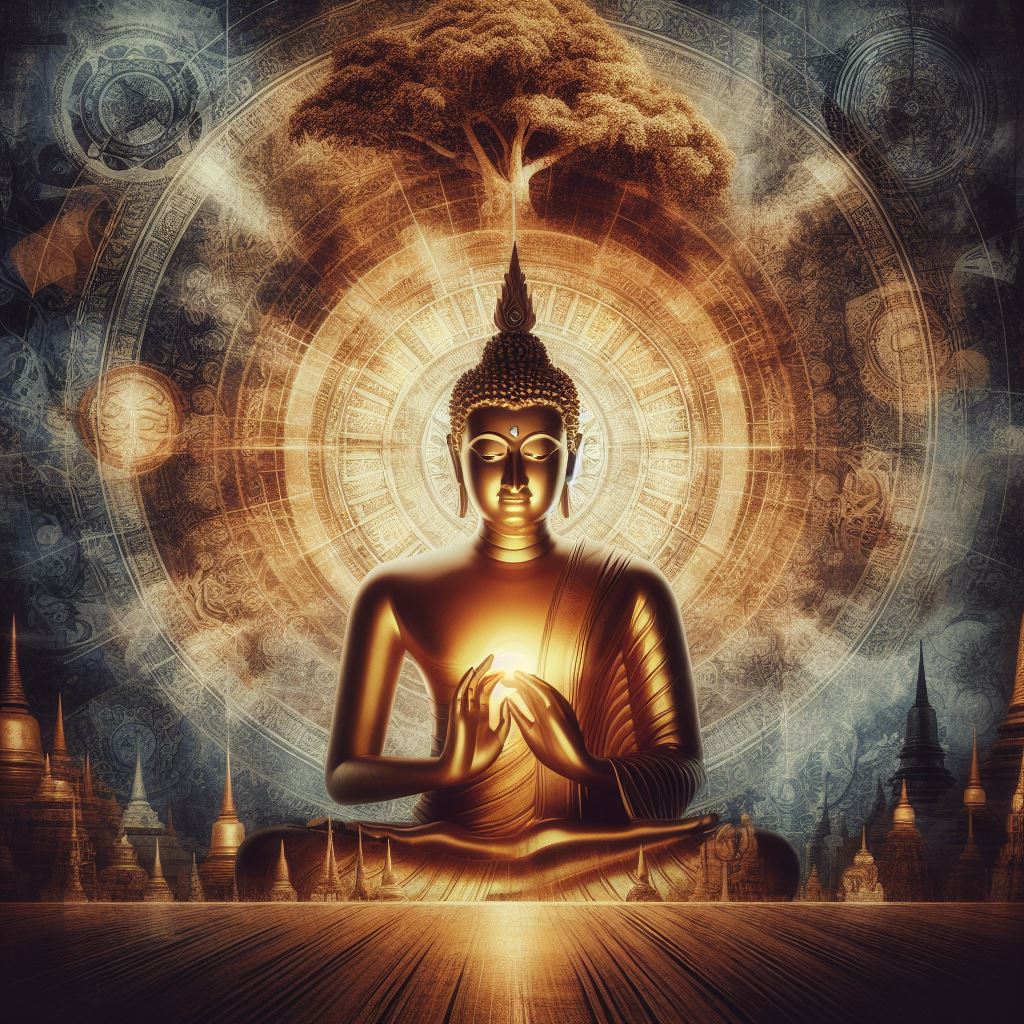
The Story of Buddha: Origins and Legacy of Buddhism’s Founder {Siddhartha Gautama}
Buddhism, one of the world’s major religions, traces its roots to the life and teachings of Siddhartha Gautama, known as the Buddha. His story blends personal quest, spiritual awakening, and the creation of an enduring tradition. This article explores the origins and legacy of Buddhism’s founder, offering a complete guide to understanding his impact on human history and spirituality.
Origins: The Life of Siddhartha Gautama
Born in the 6th century BCE in present-day Nepal, Siddhartha Gautama was a prince of the Shakya clan. Though raised in luxury, he was deeply unsettled after witnessing human suffering beyond palace walls—old age, sickness, and death—which sparked his spiritual journey.
The Prince Who Became Buddha
Legend says his birth was prophesied: Queen Maya dreamed of a white elephant offering a lotus, signaling her son’s future as a spiritual leader. Sheltered from suffering, Siddhartha’s life changed after encountering an old man, a sick person, a corpse, and an ascetic. These “Four Sights” revealed life’s inevitable pain, driving him to renounce royalty.
The Path to Enlightenment
After years of ascetic practices and meditation, Siddhartha attained enlightenment under the Bodhi Tree in Bodh Gaya at age 35. Here, he uncovered the Four Noble Truths (the nature of suffering) and the Noble Eightfold Path (the way to liberation), forming Buddhism’s core teachings.
Legacy: A Spiritual Revolution
Buddha’s insights spread across Asia, evolving into diverse schools (Theravada, Mahayana, Vajrayana). His teachings on mindfulness, compassion, and inner peace remain globally relevant, influencing modern psychology, meditation practices, and ethical living.
Siddhartha embarked on an intense spiritual journey, studying under various religious teachers and subjecting himself to rigorous ascetic practices. Yet neither scholarship nor austerity provided the answers he sought. Finally, he sat beneath a Bodhi tree in Bodh Gaya, India, where, after deep meditation, he attained enlightenment at the age of 35. In this awakened state, he understood the causes of suffering and the path to overcome it—later known as the Four Noble Truths and the Noble Eightfold Path.
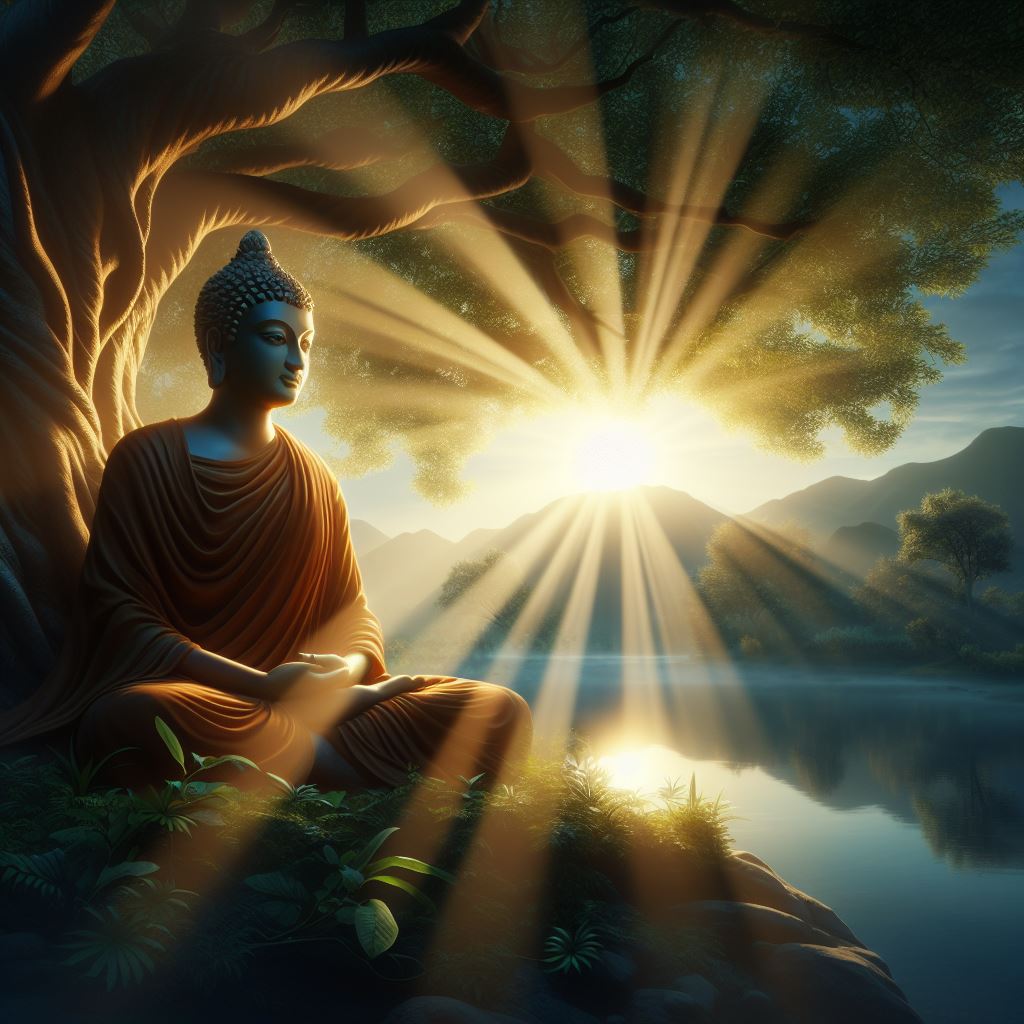

Teachings and Spread of Buddhism
After attaining enlightenment, the Buddha devoted his life to teaching the Dharma – the spiritual truth he had discovered. His teachings focused on human suffering and the path to liberation from it. The Buddha primarily taught in northeastern India, attracting followers from all walks of life.
The Four Noble Truths
- The Truth of Suffering (Dukkha): Life is inherently filled with suffering, dissatisfaction, and unease.
- The Truth of the Cause of Suffering (Samudaya): Craving and attachment are the root causes of suffering.
- The Truth of the Cessation of Suffering (Nirodha): Suffering can be ended by overcoming craving and attachment.
- The Truth of the Path to the Cessation of Suffering (Magga): The Noble Eightfold Path is the way to transcend suffering.
The Noble Eightfold Path
This path, essential for attaining enlightenment, consists of:
- Right View (Samma Ditthi)
- Right Intention (Samma Sankappa)
- Right Speech (Samma Vaca)
- Right Action (Samma Kammanta)
- Right Livelihood (Samma Ajiva)
- Right Effort (Samma Vayama)
- Right Mindfulness (Samma Sati)
- Right Concentration (Samma Samadhi)
The Legacy and Expansion of Buddhism
After Buddha’s death, his teachings spread throughout Asia, taking on various forms and schools. Buddhism branched into two major traditions: Theravada, which emphasizes monastic practices and meditation as paths to Nirvana, and Mahayana, which introduces the Bodhisattva ideal – beings who seek enlightenment not just for themselves but to liberate all beings from suffering.
Cultural and Social Influence
Buddhism has profoundly influenced Asian cultures, permeating art, literature, philosophy and social practices. Its emphasis on peace, non-violence and compassion has resonated through centuries, offering a path toward harmony and mutual understanding among peoples.
Buddhism in the Contemporary World
In our contemporary world, Buddhism continues to evolve, engaging in meaningful dialogue with science, psychology, and social issues. Buddhist meditation practices in particular have gained global popularity as powerful tools for mental and emotional wellbeing – proving the timeless relevance of the Buddha’s teachings in addressing today’s challenges.
Rooted in the pursuit of enlightenment and the cessation of suffering, the Buddha’s legacy remains a profound source of inspiration and spiritual guidance for millions. His life and teachings stand as testament to the transformative power of wisdom and compassion – timeless principles that continue to resonate at the heart of human experience.
With its rich history and spiritual practices, Buddhism not only illuminates the path to enlightenment but also offers profound insights into human nature and the universe. As the Buddha’s teachings spread beyond India’s borders, they encountered diverse cultures, giving rise to new interpretations and practices that further enriched Buddhism’s vibrant tapestry.
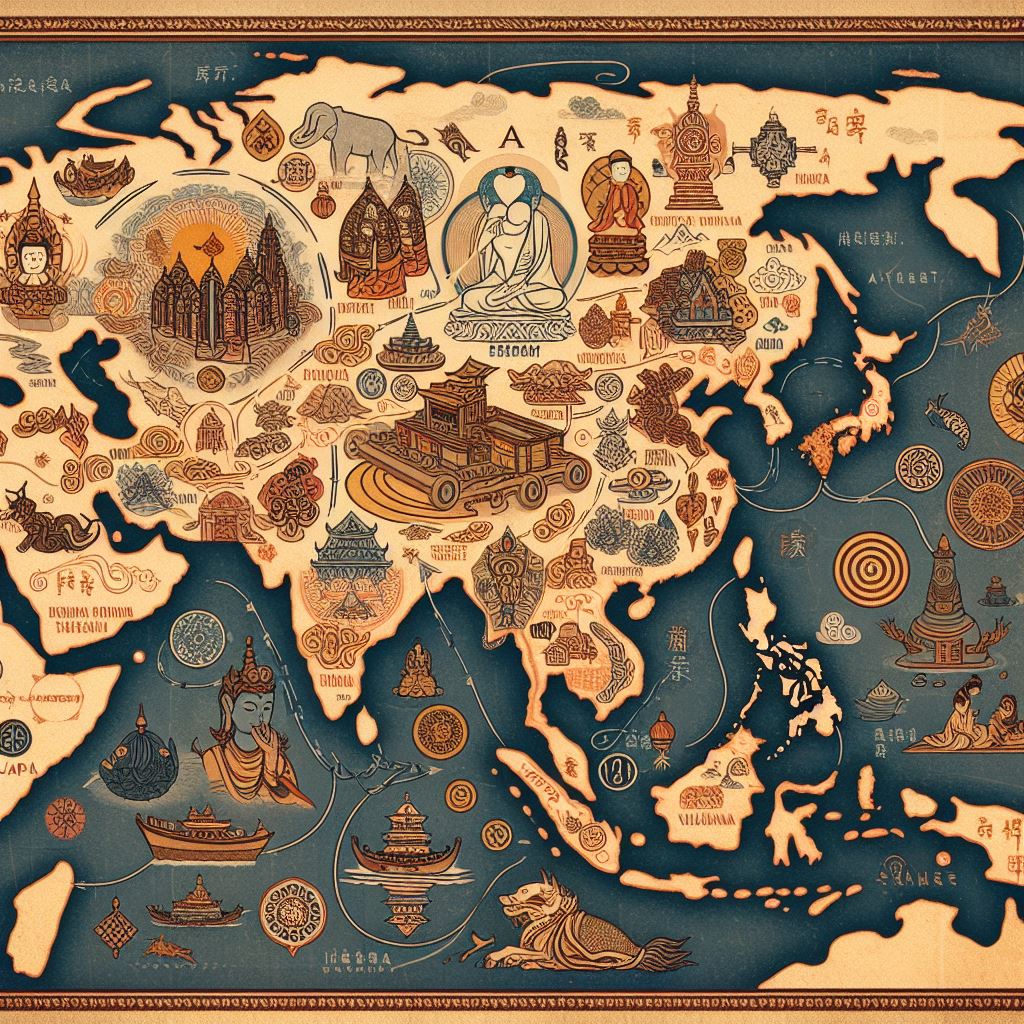

The Diversification of Buddhism
As Buddhism expanded beyond the Indian subcontinent into East and Southeast Asia, it encountered diverse cultures and traditions. In each region, it absorbed local elements and blended with existing spiritual practices, giving rise to a rich variety of Buddhist expressions. For instance:
In Tibet, Buddhism merged with the indigenous Bön religion, evolving into Vajrayana (Tantric Buddhism), known for its:
• Ritual practices
• Mantra recitation
• Advanced meditation techniques
In China, it integrated with Daoist and Confucian thought, shaping Chan Buddhism (later Zen in Japan).
In Southeast Asia, Theravada Buddhism preserved the earliest teachings in their Pali canon form.
This cultural adaptability allowed Buddhism to flourish globally while maintaining its core principles of wisdom and compassion.
Development of Schools and Sects
As Buddhism spread geographically and evolved historically, it gradually diversified into distinct schools and sects, each interpreting the Buddha’s teachings through unique philosophical and cultural lenses. The three primary branches that emerged are:
- Theravada (“The School of the Elders”)
- Preserves the earliest recorded teachings in the Pali Canon
- Dominant in Sri Lanka, Myanmar, Thailand, Laos, and Cambodia
- Emphasizes individual liberation through monastic discipline and meditation
- Mahayana (“The Great Vehicle”)
- Developed around 1st century BCE in India
- Spread to China, Korea, Japan, and Vietnam
- Introduces the Bodhisattva ideal – postponing one’s own enlightenment to help all beings
- Includes sub-schools like Zen, Pure Land, and Nichiren Buddhism
- Vajrayana (“The Diamond Vehicle”)
- Emerged from 7th century CE Indian Mahayana
- Predominant in Tibet, Mongolia, and Bhutan
- Incorporates esoteric rituals, deity yoga, and advanced tantric practices
Notable sectarian developments include:
- Zen (Japan): Focus on direct experience through meditation
- Pure Land: Devotion to Amitabha Buddha
- Tendai/Nichiren (Japan): Lotus Sutra-centric practices
This doctrinal diversity reflects Buddhism’s remarkable adaptability while maintaining core principles of the Four Noble Truths and Eightfold Path.
The Mysterious Year of the Snake 2025 in Chinese Zodiac
Técnicas de Respiración Budista para Reducir el Estrés y la Ansiedad
3 Misterios de la Ciudad Perdida de Shambhala
5 Templos Budistas en Houston {Que Debes Visitar}
Los Increíbles Beneficios de la Meditación diaria
Zen Explorado: Principios y Prácticas del Zen
Mandalas: Significado y Origen ¿Qué Son y para que sirven?
Budismo Creencias: Guía Completa sobre las Principales Prácticas y Creencias Budistas
El Sutra del Loto Explicado: Claves para su Comprensión
Cómo Crear un Lugar de Meditación en tu Casa ZEN
Retiros Espirituales Budistas: Guía para una Experiencia Transformadora
Descubre Krabi | Guía Esencial de Templos para Visitar
Budismo y Filosofía de Vida: 5 Claves para la Felicidad


Buddhism continues to adapt and evolve in the 21st century, maintaining its relevance and offering answers to some of the deepest questions of human existence. Its ability to integrate with diverse cultures and traditions, while preserving its core teachings, testifies to its universality and enduring appeal. Through its focus on personal and social transformation, Buddhism offers a path to a more mindful and compassionate life, resonating with people of all ages and backgrounds seeking inner peace and harmony with the world.

